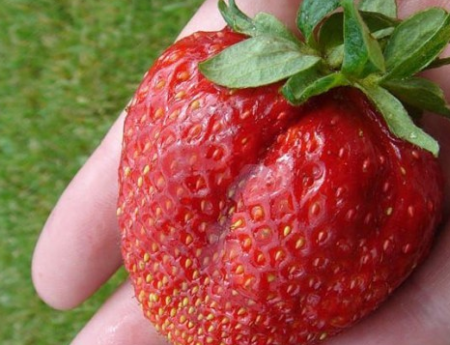 Another plus of this plant is its unpretentiousness in strawberry care, and about how to properly care for strawberry bushes will be discussed a little later.
Another plus of this plant is its unpretentiousness in strawberry care, and about how to properly care for strawberry bushes will be discussed a little later.
How to properly care for strawberries
It is very difficult to find the person who would not like the sweet and juicy fruits of strawberry bushes, because they are so bright and fragrant, but this plant can also become a decoration of the front garden, if you plant bushes around the perimeter, you can get a lot of green shoots, through which they first start to make their way flowers, and then berries form in their place. When planting, the gardener no doubt wants to get the sweetest and largest berries, while I want the bushes to bear fruit very abundantly. It is quite possible to get such an answer from plants if you properly care for this variety of strawberries.
Although the berries of the variety are the largest, but it is these bushes that will require especially a lot of attention, it is worth remembering right away that the people of this variety of strawberries are called "Maxim". When planting such a plant on your plantation, you will have to immediately prepare for the constant vagaries of the bushes, but after the gardener receives large and tasty berries, he will no doubt forget about the time spent on caring for the bushes.
Such a plant was created in Holland, it was there that gardeners grew this type of large and sweet fruit, each berry can reach a weight of up to one hundred grams, which is why strawberry bushes are of such an interesting name. According to the description of the variety (photo) and reviews (video), the Gigantella strawberry feature is berries that are not only incredibly large in size, but also have a very rich sweet taste, juiciness, but the pulp of each fruit is quite dense, which makes it possible to transport harvest this variety on distant plants or store strawberries for some time in boxes.
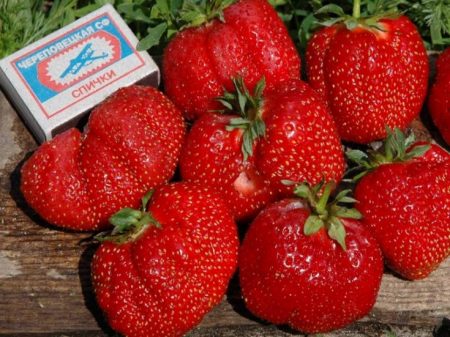
If you look at the reviews of gardeners on the sites, you can see that most of them respond very positively to this type of strawberry bushes, because you can grow it on absolutely any kind of soil. Since the bushes can grow to a height of about fifty centimeters, the plant is absolutely not afraid of a large accumulation of moisture, and it is also much less likely than its counterparts to undergo various diseases. The downside is that gardeners consider too large bushes, which are rather difficult to place in the front garden or in the garden, it is recommended to plant no more than four strawberry seedlings per square meter. Also read about sort of strawberries "Elizabeth 2".
Strawberry "Gigantella" according to the description of the variety (photo) and reviews (where to buy) is quite heat-loving plants, so it can not be grown in open areas, where the bushes will be exposed to gusts of cold wind. This variety may well be grown in a greenhouse, but with such a cultivation it is necessary to provide the sprouts and bushes with constant and sufficient lighting, if the plants have little light, the berries will be large in size, but will remain too acidic in taste.
Proper care of plant bushes
In some cases, after the fruiting of the shrub, gardeners can leave all green leaves on the plants, as well as old and yellowed leaves. Gardeners attribute this to the fact that they want to protect their plants from cold and freezing under snow, in some cases this is a completely justified procedure, because old foliage helps to make the soil more saturated with minerals and useful components, and such foliage attracts earthworms to the ground, and they in turn, they loosen the ground near the roots, where an ordinary hoe cannot get it.

Yet quite often you can hear not the best reviews about this type of strawberry bushes, but all because if you cut off the foliage, the plant will not be able to produce flower stalks, which is what inexperienced gardeners do not know about. For this reason, it is so important to remove all the greens left over from last year, but it is quite possible to carry out this procedure even during fruiting. As they say about wild strawberry "Gigantella" with a description of the variety (with photo) and reviews, this procedure will help to pass more light to the berries, which will accelerate the ripening process, and also make each fruit more sweet.
Is there a need for nutrition, and how to prevent disease?
Occasionally need to be carried out strawberry dressing solutions and additives that will help increase the yield of bushes, as well as accelerate the ripening of berries. In addition, these bushes will have to be worked on from various harmful insects and fungal diseases, each of these treatments is carried out at least once a year, and if necessary, you can repeat the feeding and treatment up to four times for the whole year. Even if you do not transplant the bushes, the strawberries will be able to bear fruit for at least eight years in one place, without a doubt, you will have to feed strawberries so that the bushes can take nutrients not only for growth, but also for the next fruiting.
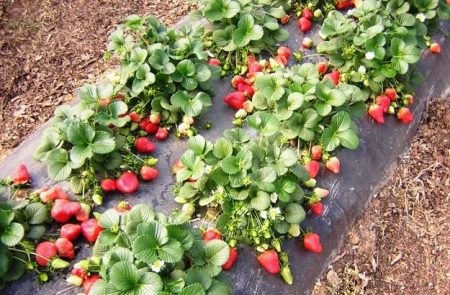
When spring comes, Strawberry bushes “Gigantella” or “Maxim” according to the description of the variety and photos with reviews must be treated with special solutions, it is best to take products such as Gumi or Fitosporina, they can be purchased in every garden shop.
They process only as indicated in the attached instructions. As soon as the first flowers form on the bushes, it is necessary to drip five drops of Fitoverm into each of the solutions, and then spray them with plants to feed them and improve the process of fruit formation. As soon as each bush ceases to bear fruit, the gardener will have to re-treat the soil with solutions to sanitize the soil and remove all bacteria from it.
Recommended:Strawberry diseases and methods of their treatment, photo
Useful for this variety and additional fertilizers, in order to slightly improve the composition of the soil, it is necessary to use ordinary compost, for this one bucket of additive is used for each square meter.
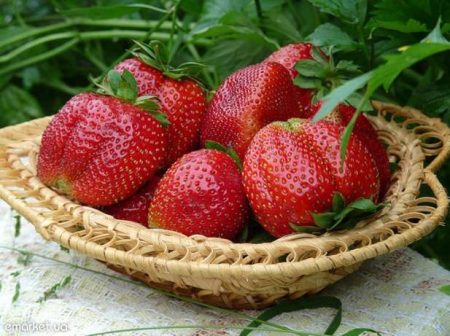
How to properly renew planting, as well as protect plants from the onset of cold weather
“Maksimka” really does not like cold weather, so frost can completely destroy a plant if you do not prepare the bushes for wintering. As soon as the first night frost sets in, the gardener should cover the plants with double lutrasil, this material will help to keep warm, and will not allow the frost to destroy the strawberry bushes. When the plants turn four years old, it is worth transplanting each bush that has reached the age of four.
This procedure is recommended only in the warm season, it is ideal for the transplant to choose the very middle of the month of July, and when transplanting, you must very carefully handle the roots of the bushes. If the root system is injured, then the plants will take root in a new place for a long time or may die.

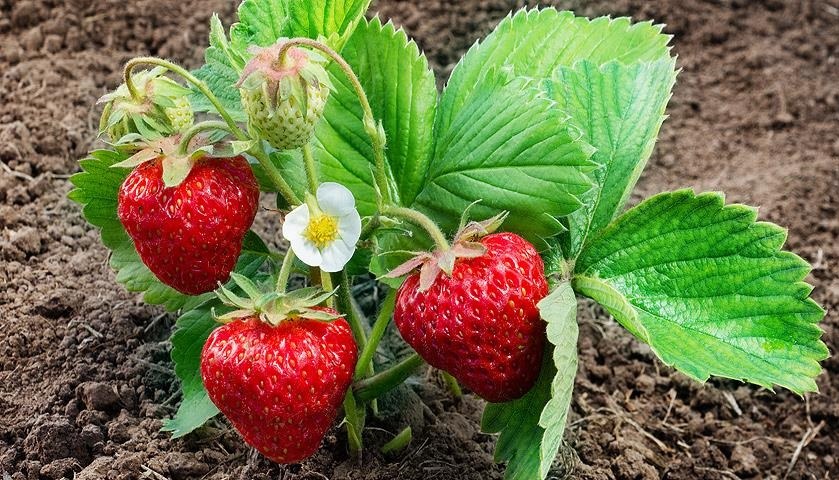
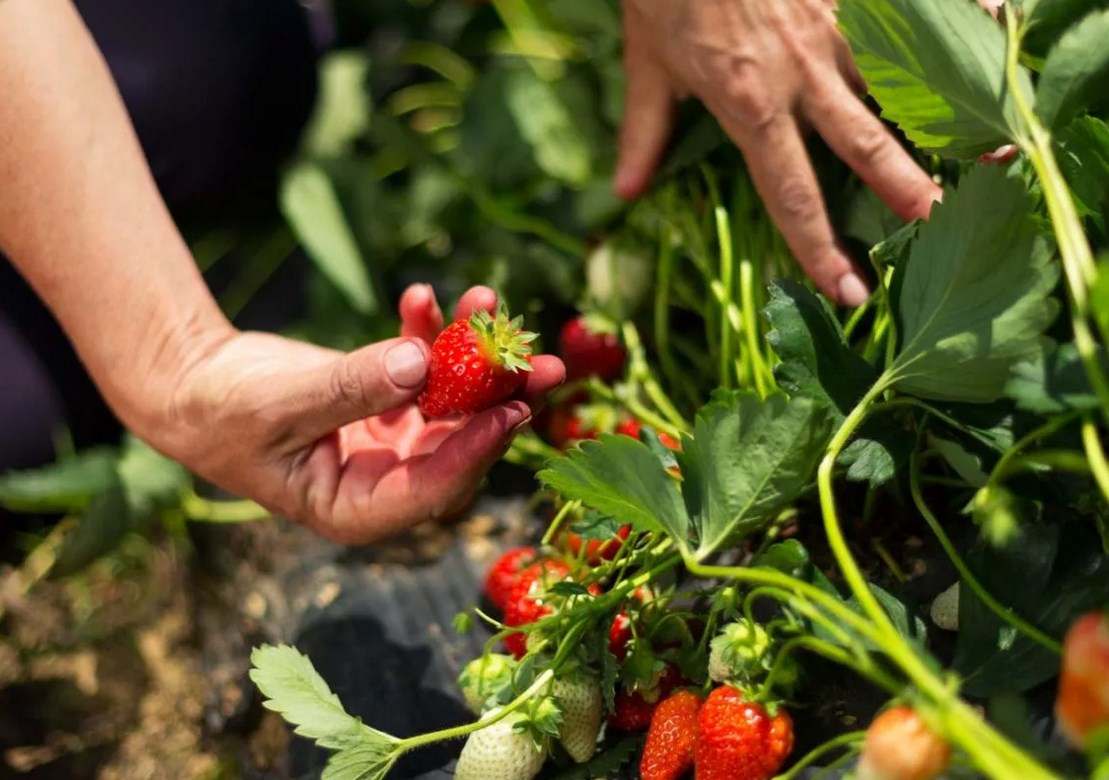
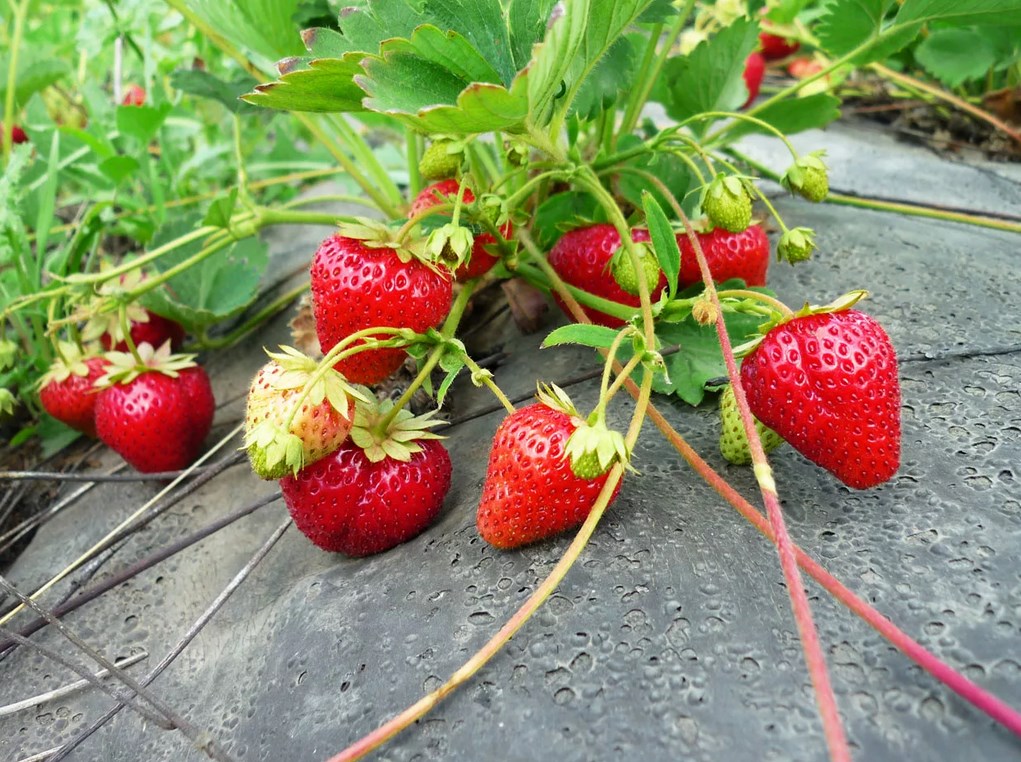
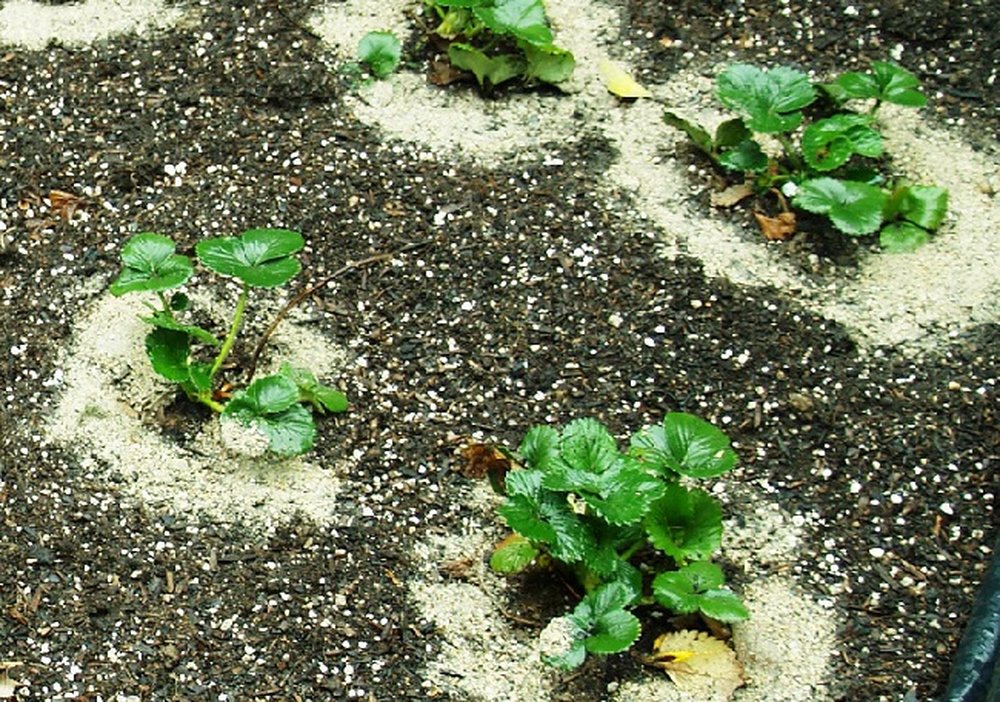 When to plant strawberries for seedlings from seeds in 2024
When to plant strawberries for seedlings from seeds in 2024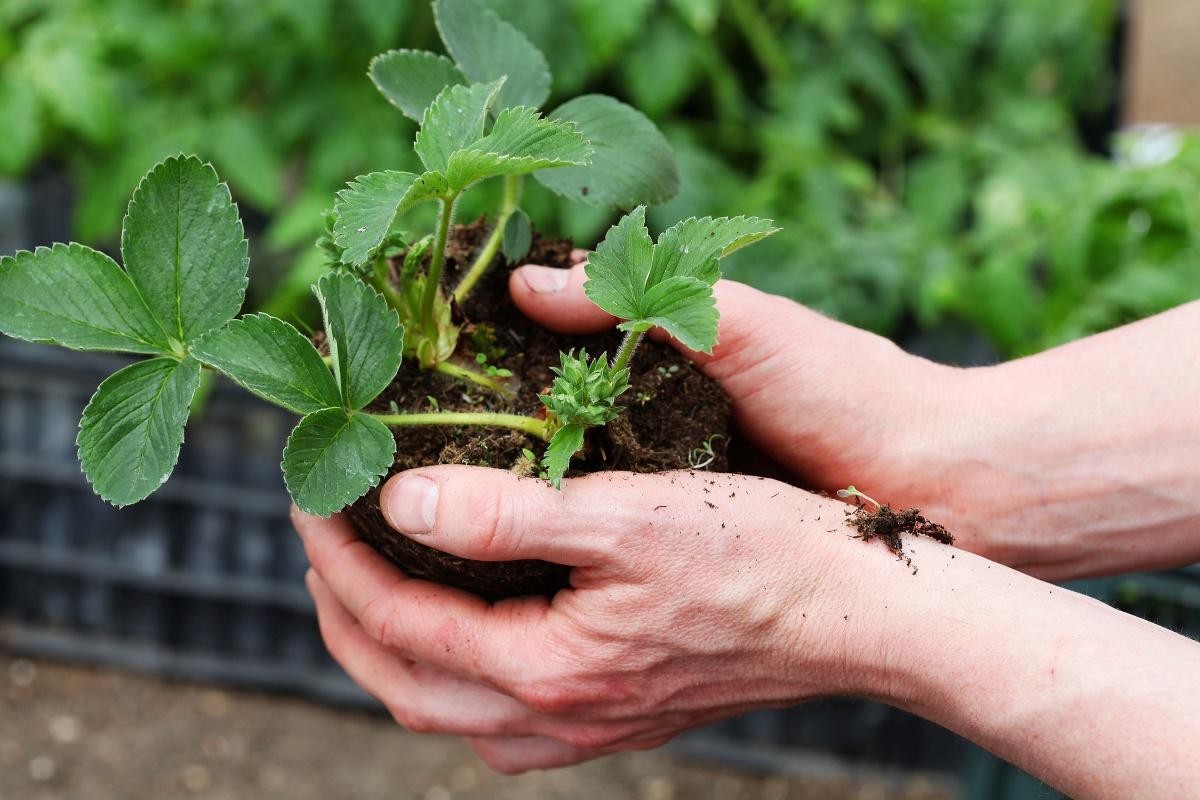 What month is better to choose for a strawberry transplant in autumn
What month is better to choose for a strawberry transplant in autumn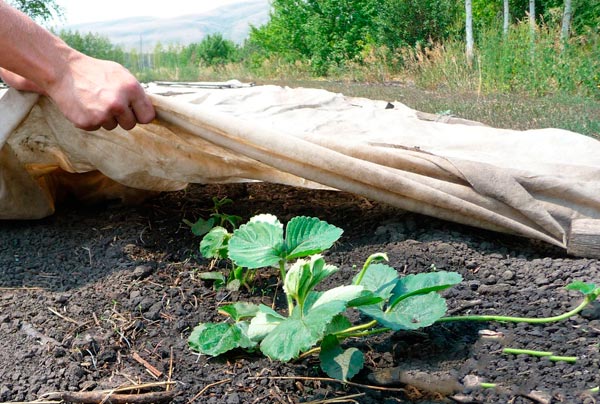 How to cover strawberries for the winter
How to cover strawberries for the winter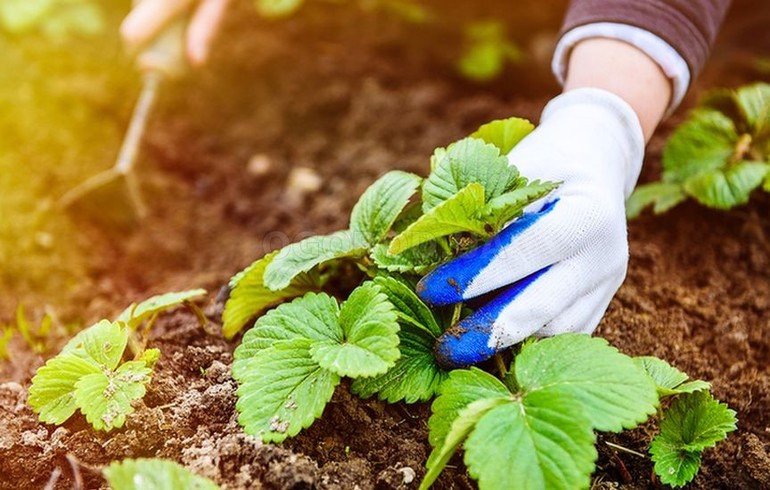 Proper care and pruning strawberries in the fall in the suburbs
Proper care and pruning strawberries in the fall in the suburbs